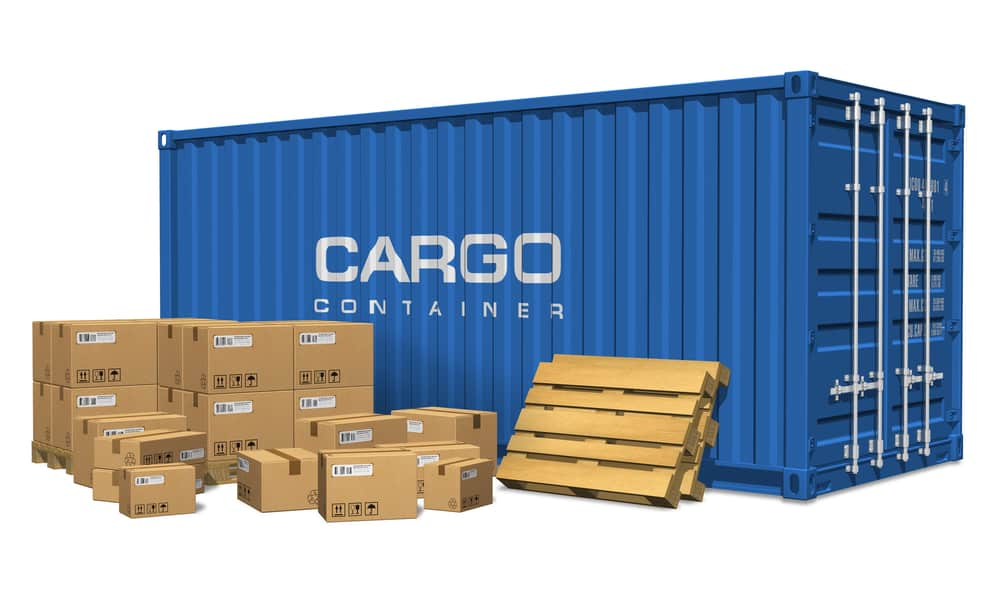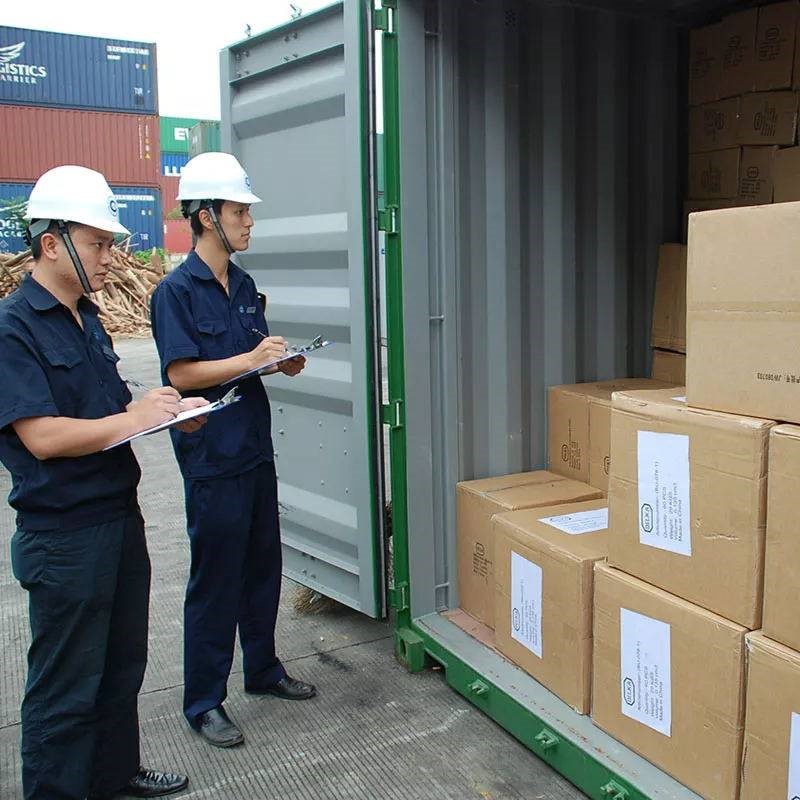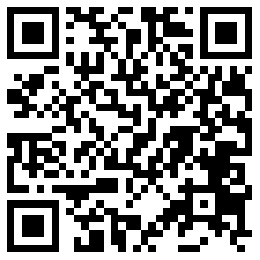-
Shipping Containers
- Container Parts
- Roof Panel
- Side Panel
- Front End Panel
- Door Panel
- Front Corner Post
- Rear Corner Post (Outer/Inner)
- Cross Member
- Bottom Side Rail
- Top Side Rail
- Door Sill
- Front Bottom Rail
- Top End Rail
- Door Header Upper/Lower
- Door Rail
- Floor Spacer
- Angle
- Top/Bottom End Rail
- Door Edge Member
- Door Sealing
- Door Frame Profile
- Door Lining
- Door Hardwares
- Door Gasket
- Side Panel/Lining
- T-Floor
- Roof Panel/Lining
- Cross Member
- Bottom Side Rail
- Top Side Rail
- Ledge PVC
- Kazoo Drain
- Auto Drain
- Alu Tube
- Auto Drain Center Part
- PVC Drain Pipe
- PVC Plugs f. Drain with Ring and Steel Wire
- Door Screw
- Door Screw Nut
- Door Screw Rubber
- Tapping Screw
- Stainless Blind Rivet
- Lashing Ring
- CSC Plate
- Welding Wire
- Tapping Screw Bit
- Vehicle Parts
- Ship Supplies
- 00. Provisions
- 11. Welfare Items
- 15. Cloth & Linen Products
- 17. Tableware & Galley Utensils
- 19. Clothing
- 21. Rope & Hawsers
- 23. Rigging Equipment & General Deck Items
- 27. Painting Equipment
- 31. Safety Protective Gear
- 33. Safety Equipment
- 35. Hose & Couplings
- 37. Nautical Equipment
- 39. Medicine
- 45. Petroleum Products
- 47. Stationery
- 49. Hardware
- 51. Brushes & Mats
- 55. Cleaning Material & Chemicals
- 59. Pneumatic & Electrical Tools
- 61. Hand Tools
- 63. Cutting Tools
- 65. Measuring Tools
- 69. Screws & Nuts
- 75. Valves & Cocks
- 77. Bearings
- 79. Electrical Equipment
- 81. Packing & Jointing
- 85. Welding Equipment
- 87. Machinery Equipment
- Vehicles
- Lashing Tools
- Logistic Tools
Container PartsCIMC Equilink | Container loading skillsApr 16,2023
When a general enterprise exports, the main concern during the loading process is that the cargo data is wrong, the cargo is damaged, and the cargo data does not match the customs declaration data, which will lead to the customs not releasing it. Therefore, before loading the container, the consignor, warehouse, and freight forwarder must coordinate carefully to avoid this situation from happening.
1. Correct loading of goods
(1) Goods of different shapes and different packages should not be packed together as much as possible;
(2) Goods that will leak dust, liquid, moisture, odor, etc. from the packaging should not be put together with other goods as much as possible. "As a last resort, it should be separated by canvas, plastic film or other materials."
(3) Light goods are placed on top of relatively heavy goods;
(4) Goods with weak packaging strength should be placed on top of goods with strong packaging strength;
(5) Liquid goods and cleaning goods should be placed under other goods as much as possible;
(6) For goods with sharp corners or protruding parts, they need to be covered to avoid damage to other goods.
2. Matters needing attention in packing operation
There are usually three methods for on-site packing of container goods: that is, all packing by manpower; moving into the box with a forklift truck, and then stacking by manpower; all packing by machinery, such as pallets The goods are stacked in the box with a forklift truck.
(1) In any case, when the goods are loaded into the container, the weight of the goods in the box cannot exceed the maximum loading capacity of the container, that is, the total amount of the container minus the self-weight of the container. Under normal circumstances, the total weight and dead weight will be marked on the door of the container.
(2) The unit density of each container is fixed, so when loading the same kind of goods in the box, as long as you know the density of the goods, you can determine whether it is heavy or light. If the density of the cargo is greater than the unit density of the box, it is heavy cargo, otherwise it is light cargo. Timely and clear distinction between these two different situations is important for efficient box packing.
(3) When loading, the load on the bottom of the box must be balanced, and it is especially strictly forbidden to have the center of gravity of the load at one end.
(4) Avoid concentrated loads. "For example, when loading heavy goods such as machinery and equipment, the bottom of the box should be covered with wood boards and other cushioning materials to spread the load as much as possible. The average safe load per unit area of the bottom of a standard container is roughly: 1330x9.8N/m for a 20-foot container, 40 feet The container is 980x9.8N/m2.
(5) When using manual loading, pay attention to whether there are loading and unloading instructions on the package such as "not upside down", "flat", "vertical", etc. Be sure to use the loading tools correctly, and it is forbidden to use hand hooks for bundled goods. The goods in the box should be loaded neatly and tightly. For goods that are easy to loosely bundle and pack fragile goods, use pads or insert plywood between the goods to prevent the goods from moving in the box.
(6) When loading pallet cargo, it is necessary to accurately grasp the internal dimensions of the container and the external dimensions of the cargo packaging, so as to calculate the number of loaded pieces, so as to minimize the abandonment and load more cargo.
(7) When packing with a forklift truck, it will be limited by the free lifting height of the machine and the height of the mast. Therefore, when conditions permit, the forklift can load two layers at a time, but there must be a certain gap between the upper and lower sides. If the conditions do not allow loading two layers at a time, when loading the second layer, considering the free lifting height of the forklift truck and the possible lifting height of the mast of the forklift truck, the lifting height of the mast should be the first the height of the first layer minus the free lifting height, so that the second layer of goods can be loaded on top of the third layer of goods.
In addition, a forklift truck with an ordinary lifting capacity of 2 tons is generally used, and its free lifting height is about 1250px. But there is also a forklift truck with a full free lifting height. This kind of machine is not affected by the lifting height of the mast as long as the height of the box is allowed, and it can easily stack two layers of goods. In addition, it should also be noted that there should be a skid under the goods so that the fork can be pulled out smoothly.
Finally, it is best not to pack the goods naked, at least they must be packaged, and do not blindly save space and cause damage to the goods. General goods will also be packaged, only such as large-scale machinery such as boilers, steel parts and the like will be more troublesome, and must be bundled and fastened to prevent loosening. In fact, as long as you are careful and careful, there will be no major problems.

CIMC Intermodal Equilink Co, Ltd. ("CIMC Equilink" with the staunch support from CIMC Group on resources, is focusing on providing container spare parts, new and used containers, vehicles, vehicles parts and other logistic tools.
If you are looking for container parts or shipping containers for sale, or you just have questions about container loading, customs clearance and shipping, please visit us by email (info.equilink@cimc.com) or submit a quick quote.
Quick Quote
Copyright © 2019 CIMC Equilink - Container Parts

 中文
中文















